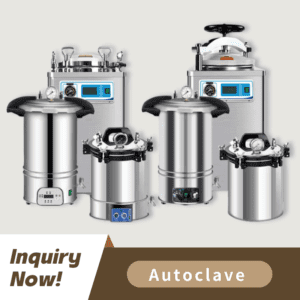
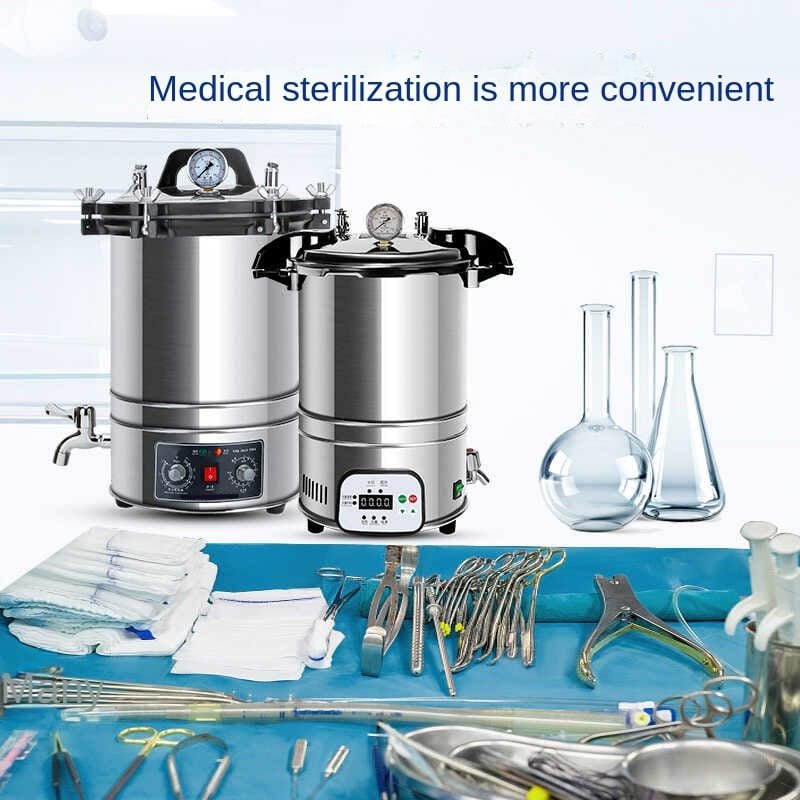
Autoclaves utilize pressurized steam to increase the internal chamber temperature beyond 121°C (250°F). The combination of extreme heat and high pressure effectively destroys all microorganisms including spores found on items undergoing sterilization. The sterilization process achieves complete reliability and guarantees comprehensive eradication of microorganisms.
The main compartment of the autoclave holds items during the sterilization process. The autoclave chamber is built to endure both high pressure and high temperature conditions.
The control panel enables users to configure and observe essential parameters including temperature levels, pressure settings and cycle duration.
The pressure gauge checks the chamber pressure to maintain operational safety during the sterilization process.
The Door Safety Lock secures the door shut during sterilization cycles to prevent any accidents.
The Steam Generator creates the steam needed to perform sterilization.
The drain valve eliminates surplus water post-cycle to preserve the autoclave’s operational efficiency.
Autoclaves sterilize surgical instruments alongside medical devices and dressings to prevent infections.
The laboratory uses sterilization techniques for glassware and media as well as lab tools to maintain accurate experimental results free from contamination.
The industrial application of sterilization includes the treatment of equipment and materials used in manufacturing processes for both pharmaceutical and food production sectors.
Autoclaves stand as the top sterilization choice because they combine effectiveness with reliability and versatility.
This sterilization method eliminates every known microorganism as well as spores.
Reliable: Provides consistent results when used correctly.
The sterilization system is capable of handling diverse materials including both liquid and solid forms.
Autoclaves serve as essential equipment that maintains sterility across medical facilities laboratories and industrial operations. Users who understand autoclave functionality and components can optimize performance while ensuring workplace safety. Only with correct operation and upkeep can autoclaves produce dependable sterilization outcomes.
The standard sterilization temperature is 121°C (250°F) at a pressure of 15 psi (pounds per square inch).
Plastics, chemicals and specific liquids are not compatible with autoclaving procedures. Always check the manufacturer’s guidelines.
The duration of a typical autoclave cycle spans from 15 to 20 minutes but changes based on the specific items being sterilized and the type of autoclave used.
Autoclaves employ steam with pressure to sterilize materials whereas dry heat sterilizers achieve sterilization through hot air. The majority of materials experience speedier sterilization through autoclaves.
Maintaining optimal performance of autoclaves requires servicing them once annually or following manufacturer guidelines.
This article offers a complete explanation of autoclaves which allows readers to easily grasp their significance and operational capabilities. Please tell me if you want to continue with the following article.

A esterilização é um elemento essencial das práticas de controlo de infecções, tanto em instalações de cuidados de saúde como em ambientes laboratoriais. A esterilização em autoclave através de vapor é eficaz para muitas aplicações, mas revela-se insuficiente em
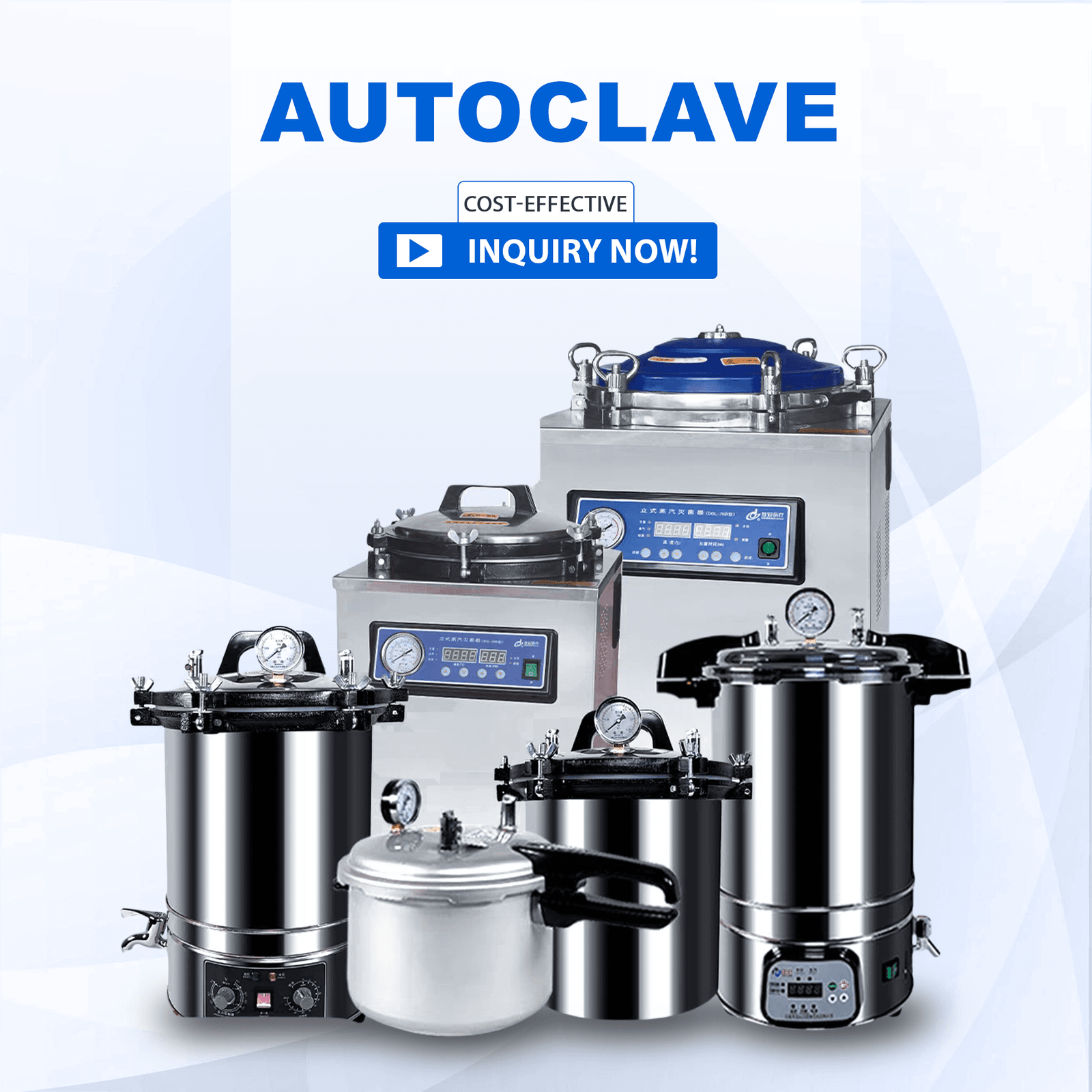
Os profissionais médicos de todo o mundo confiam nos autoclaves como ferramentas essenciais para garantir a segurança e a esterilidade dos instrumentos médicos. Os distribuidores de dispositivos médicos e os especialistas em aquisições precisam de compreender os princípios e as vantagens do autoclave

Os avanços nos cuidados de saúde tornam essencial manter os instrumentos médicos sempre seguros e esterilizados. Os distribuidores, revendedores e profissionais de compras de dispositivos médicos têm de compreender os métodos de esterilização para funcionarem eficazmente. O
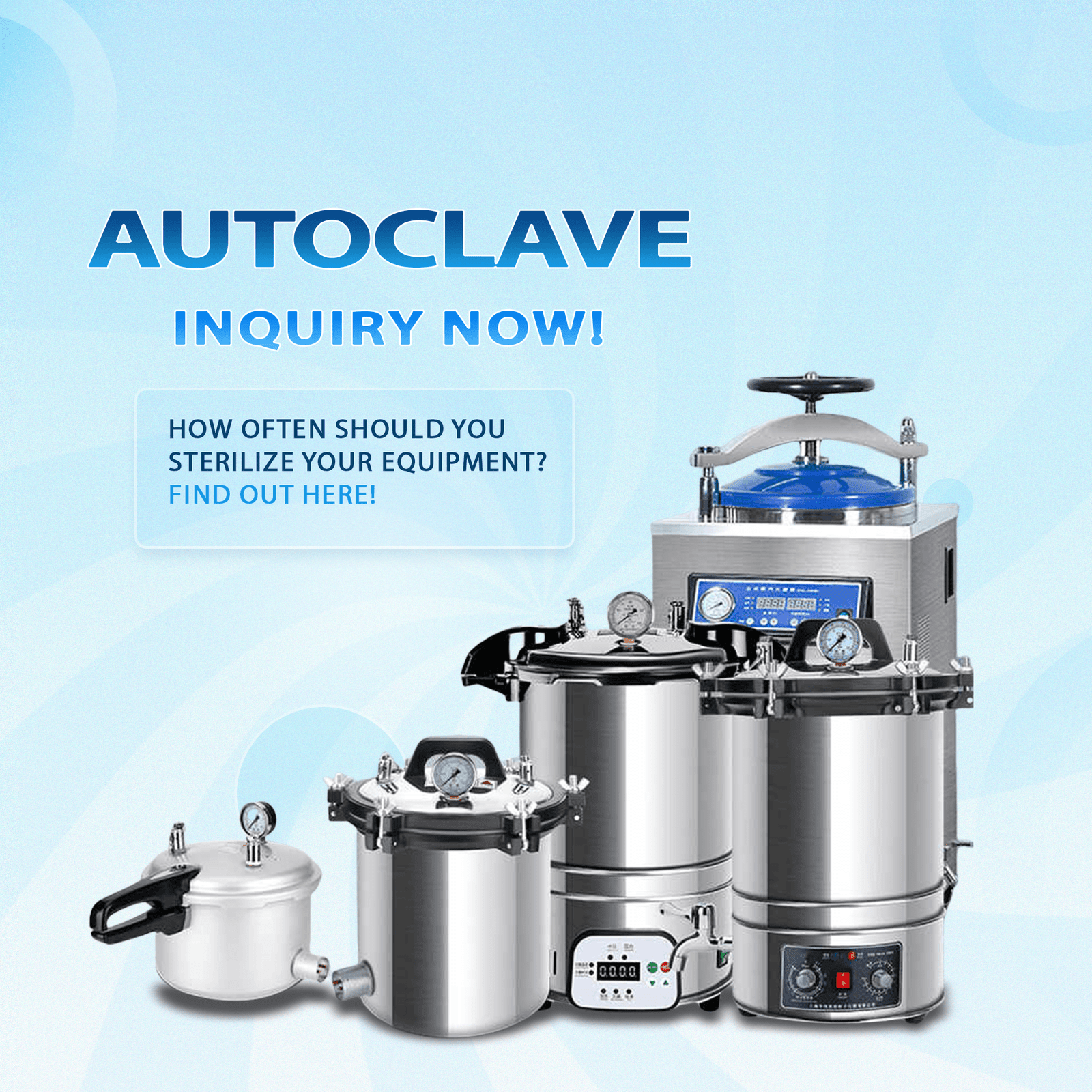
A esterilização de dispositivos médicos e instrumentos requer autoclaves porque protegem a segurança dos doentes e facilitam a conformidade com as normas regulamentares. Os sistemas de autoclave mais sofisticados ainda apresentam algumas limitações. Distribuidores de dispositivos médicos,
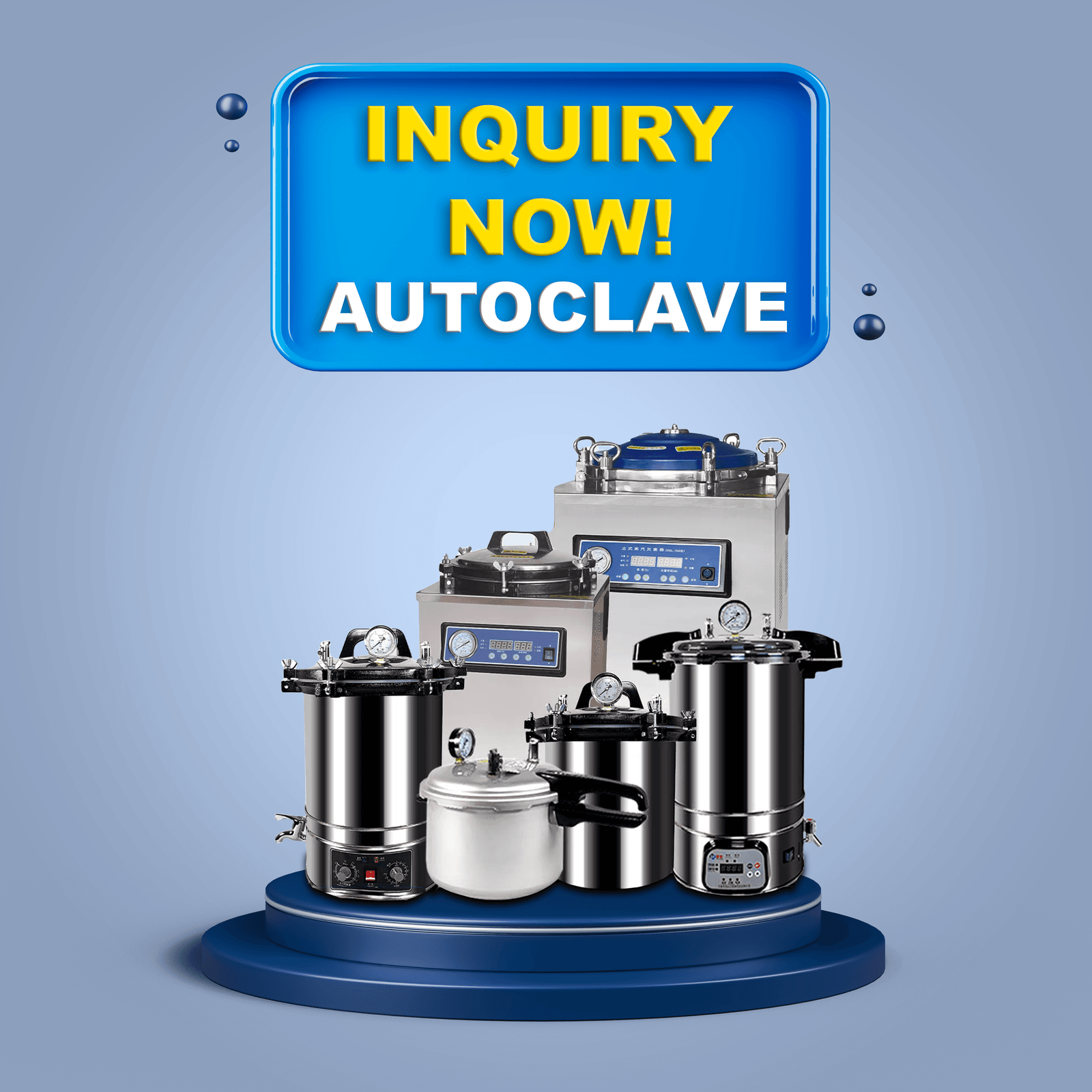
No fabrico de dispositivos médicos, os autoclaves funcionam como equipamento essencial, uma vez que proporcionam uma esterilização consistente em vários instrumentos e materiais. As autoclaves utilizam vapor saturado de alta pressão para erradicar bactérias, vírus, fungos e
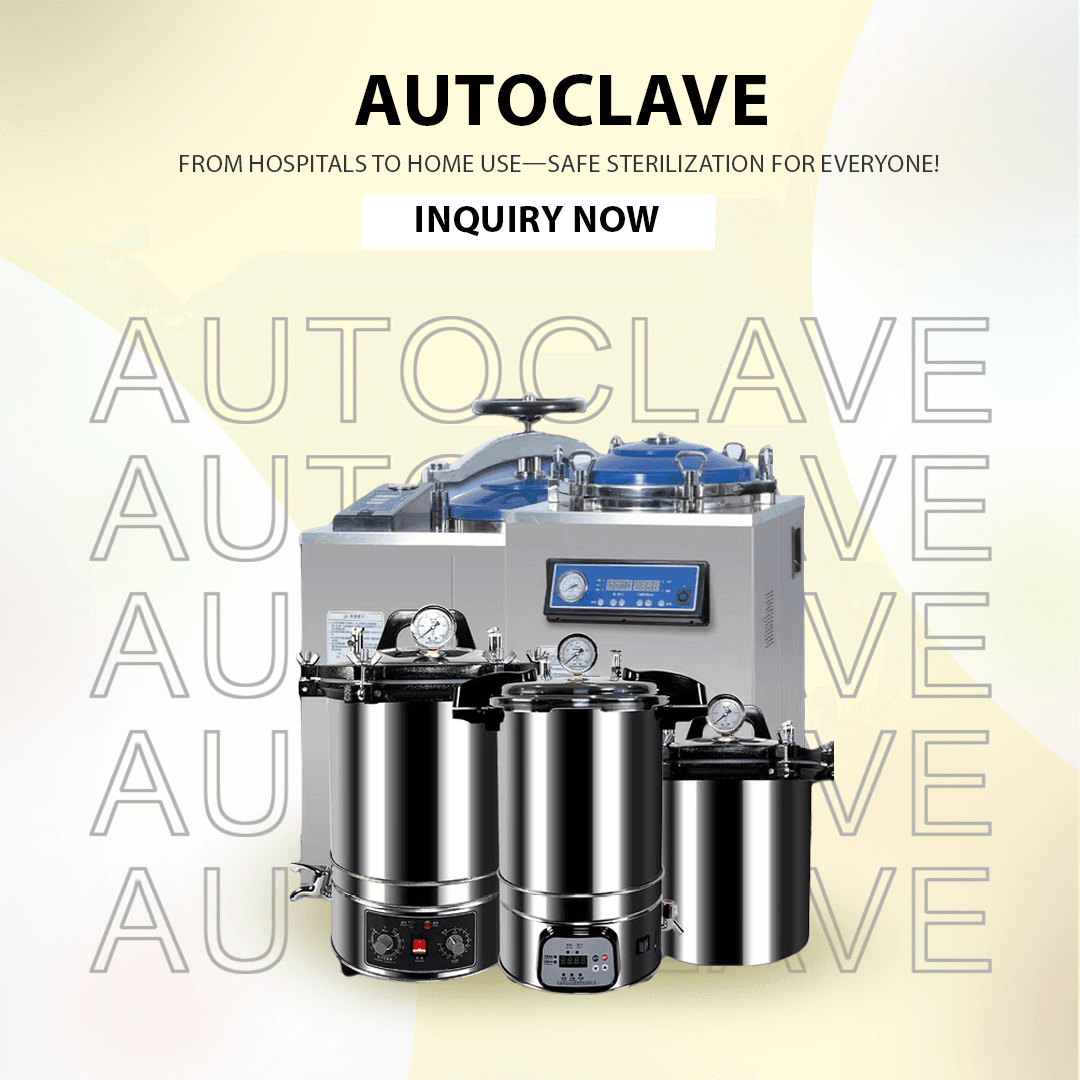
Os autoclaves funcionam como dispositivos cruciais em ambientes científicos e de cuidados de saúde, esterilizando consistentemente instrumentos e materiais. Os distribuidores de equipamento médico, juntamente com os comerciantes e os profissionais de compras, precisam de manter os autoclaves a funcionar